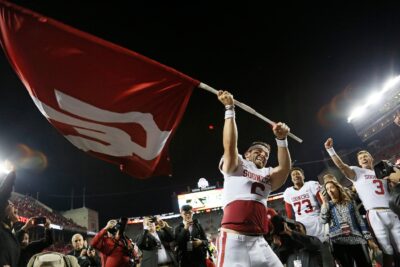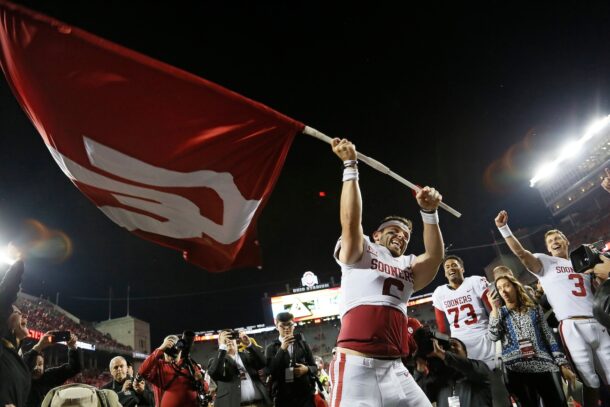
Ole Miss football: Run defense key to a Rebels win on Saturday
By Brian Rippee
Published:
The Ole Miss defense flunked its 1st real test of the season last week in Tuscaloosa in a 42-21 loss to Alabama.
The Rebels’ newly implemented 3-2-6 defensive scheme offered little resistance to Alabama’s rushing attack between the tackles. The Tide ran for 210 yards and largely rode on the back of Brian Robinson Jr.’s 171 yards on 36 carries with 4 touchdowns. Alabama averaged 5 yards per rush and was perfectly content to methodically move the ball down the field via the ground game.
This week, this defense will receive the same dosage of medicine it got last week in the form of Arkansas’s ground attack, spearheaded by Trelon Smith and KJ Jefferson. The Razorbacks are running for 224 yards per contest, and their ability to win individual battles in the trenches via an experienced offensive line has catalyzed their unexpected 4-1 start. How will the Rebels fare, and will they adjust schematically from the 3-2-6 look that best suits their personnel but is a tough fit in terms of stopping the run?
Jefferson is a big, physical athlete, and though he has been limited as a passer, he is a good athlete who is tough to tackle. The bulk of Arkansas’s offense runs though him and Smith.
“Runs the ball really well, looks like he weighs about 250. It looks like it may be an issue tackling this guy and bringing him down,” Ole Miss head coach Lane Kiffin said of Jefferson.
Smith is a quick, versatile back with a strong build who is dangerous once he gets to the edge and into the open field. Arkansas will commit to running the ball between the tackles as much as or likely even more than Alabama did due to their inability to throw with much consistency. This game will come down to 2 things: Can Ole Miss run on Arkansas; and can this Ole Miss defense stop the run? The latter is likely the most important element, as the Razorbacks have little to add from an explosiveness standpoint if they do not run with consistency.
“It’s not a magic potion,” linebacker Lakia Henry said. “We just have to trust and play physical. It is tough, but that’s when it comes to the weight room and extra film study, so that you know what’s coming before they actually run the play. It’s little tendencies and actually just playing hard. Once we get those things down, anything is possible.”
Smith and Jefferson account for essentially half of Arkansas’s 217 rushes on the season and are averaging 4.9 and 5.9 yards per rush, respectively. And while much has been made of Jefferson’s limitations as a passer, he is still capable enough for defenses to have to respect it, and he has one of the best receivers in college football on the outside in Treylon Burks. It makes for a tricky equation to solve, particularly when the Razorbacks find success on the ground early in games.
“You have to defend both, honestly,” Henry said. “You have to be tuned into the run because he’s an extra hat, really. We have to be keyed into the run.”
Jefferson’s health will be something to monitor in this game. He suffered an injury against Texas A&M 2 weeks ago that forced him to miss part of that game before returning, and he did not look completely healthy last week in Athens. If he isn’t able to move around fully, it will be a tremendous advantage for Ole Miss in a game that will have New Year’s 6 implications.
If Ole Miss wins on Saturday, it likely means the defense did a good enough job against the run to force a couple of stops per half and allowed Matt Corral and the offense to create some separation on the scoreboard. The 1st test this defense faced was a tough one. This one is far more manageable and will be more telling with regard to expectations of the unit and the team this season.







